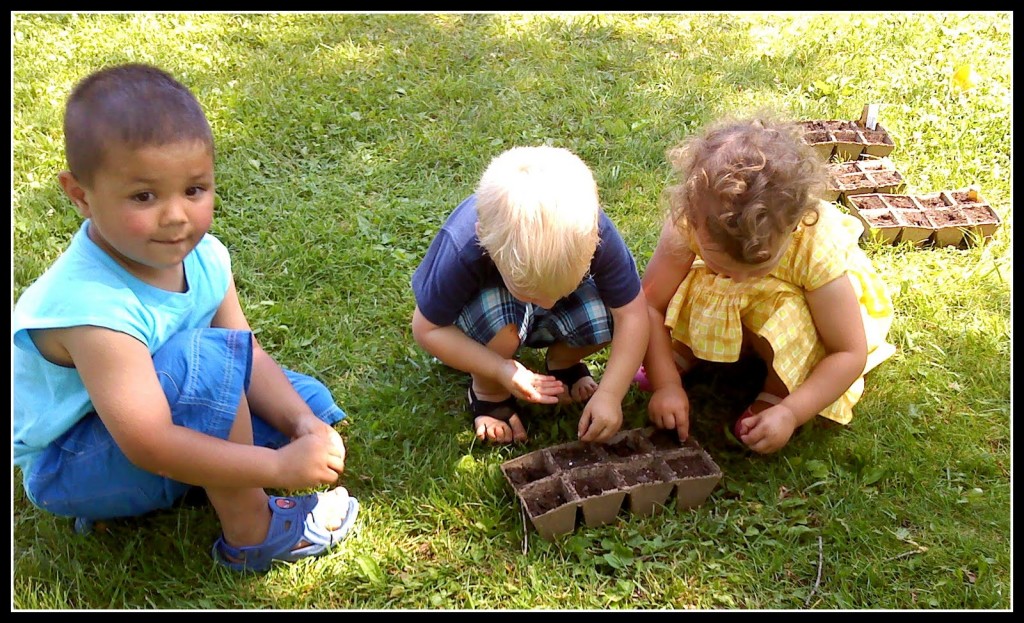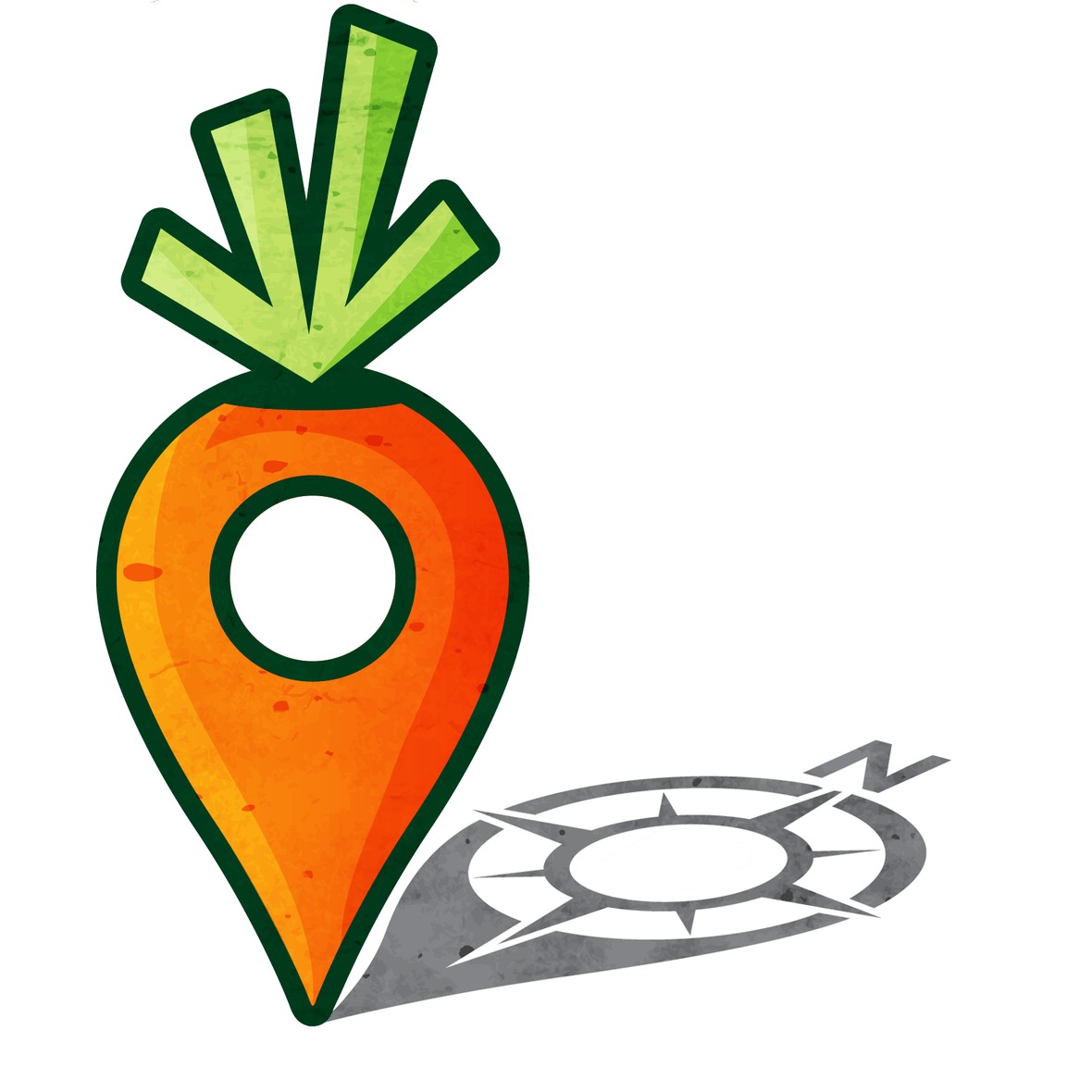Is local food a disruptive technology?

Disruption is all the rage in business and innovation. A disruptive technology is one that displaces an established technology and shakes up the industry or a ground-breaking product that creates a completely new industry. Examples include: personal computers, email, smart phones and social networking.
Industrial agriculture disrupted our food system and in this post I posit that local food could re-disrupt how we feed ourselves. Local food isn’t just a prissy side dish – it’s radical. It changes a story that’s almost entirely overtaken what we think of as “eating”.
Food is now delivered by a Wizard of Oz system that replaced all that dirty, tiresome toil with packaged pellets like energy bars and boxes of crackers and pre-cooked chickens and pizza delivered to our door. Manufactured food – one friend lauded lab-created proteins run through 3-D printer as the future of meat – will be the norm. Add GM wheat bread, GM soy “butter”, GM tomato ketchup and you have the classic burger. Chicken McNuggets – the taste of things to come.
We hunt for food now… in the store – and don’t we all love the convenience, security and ease of that system? Just add money and you get a bag of groceries or a plate of food at a restaurant. Not only does it require no skill, knowledge or direct effort, the variety and quantity is beyond what Kings and Queens could dream of.
The thought of having to find food without a grocery store is as terrifying as imagining life without computers or smart phones. It can produce vertigo. Panic. A sense of vulnerability and powerlessness. Try thinking about it for a second and see if your body doesn’t clench in some way.
Waking up to real food
Those of us who reach through this story in search of a more natural way of living are branded as “quaint” or “hippies” or “Luddites” or “back to the landers” or “throwbacks” or irrelevant or … well, we’ll come to our senses when we get married and have a family.
To assume that we depend on those “trust us we’re experts” industries keeps us asleep. A whole global industry depends on us forgetting that eating means gardens, trade, farm stands, farmers markets, foraging, food rescue, gleaning, sharing, fishing, farming, hunting, preserving with salt and heat and fermentation, potlucks and old apple trees. Forgetting that fertility isn’t what we pour into the soil but is the natural expression of healthy ecosystems. Forgetting that we are free and that seeds and soil and air and water are at the root, so to speak, of all food. Once we discover that we can walk away from the dominant food system through local engagement it’s game over… but we are losing it. Turn the tide. Head local-ward.
Before I did my own 10-mile diet, I nourished myself almost entirely from the global industrial system. I’d had my “back to the land” days, but I’d gotten older and busier and sort of kept those skills in my hip pocket in case one day I’d need them. I went to the Farmers Market mainly to socialize. Then a farmer challenged me! Would I be willing to eat only what she could grow for a month.
Long story short (book length story in Blessing the Hands that Feed Us), I shifted from being an anywhere anything anytime eater in a global food court to being a relational eater in a living food world. I still go to the store for “exotics” but I now glean, forage, trade, shop at farm stands and the market, garden, preserve, experiment with combinations of fruit and veggies off the trees or out of the ground. I thank heavens (with my dollars) for each small business that uses locally grown food – like the bakery that uses island grains and the butcher who hopes one day to both slaughter (now illegal) and butcher island animals to make what we agree is the best bacon and sausage this side of the Cascade Mountains.
So do the 10-Day Local Food Challenge and know from the inside – your gut and your soul – what our food future will be and how you and I are throwbacks not to the past but from the future – here to get us through.

No comments